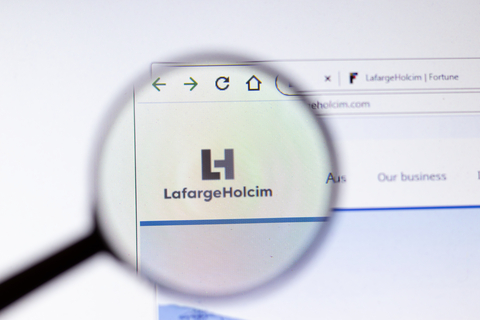
The facilities’ transition to OneCem PLC—a lower carbon dioxide (CO2) intensive product—follows the successful transition of its cement plant in Midlothian, Texas, last year.
LafargeHolcim says both plants will collectively reduce CO2 emissions by approximately 300,000 metric tonnes each year by converting their operations to the low-carbon OneCem product.
Patrick Cleary, senior vice president of sales, LafargeHolcim US Cement, says: “As demands on the industry to reduce its carbon footprint intensify, we find ourselves with an unparalleled opportunity to build a more sustainable future. The materials used in building need to have the lowest embodied carbon possible without sacrificing performance—and this is where our low-carbon OneCem can make an immediate impact in helping customers achieve their sustainable construction goals.”
OneCem has been tested and proven to serve as an effective alternative for ordinary Portland cement, the company adds.
According to LafargeHolcim, the engineered material is manufactured with 10% finely ground high-quality limestone, resulting in a 10% reduction in greenhouse gas emissions associated with the production of Portland cement.
The firm insists the performance of OneCem allows it to be used in virtually any cement-based application from residential construction to large-scale infrastructure projects.
Michael Nixon, vice president, manufacturing North at LafargeHolcim US Cement, says: “LafargeHolcim is fully engaged in making carbon reduction an urgent priority and 100 percent dedicated to leading the market transformation needed for climate stability. To achieve net-zero commitments by midcentury, we must start now in accelerating the adoption of low-carbon building solutions to mitigate the impacts of climate change.”














